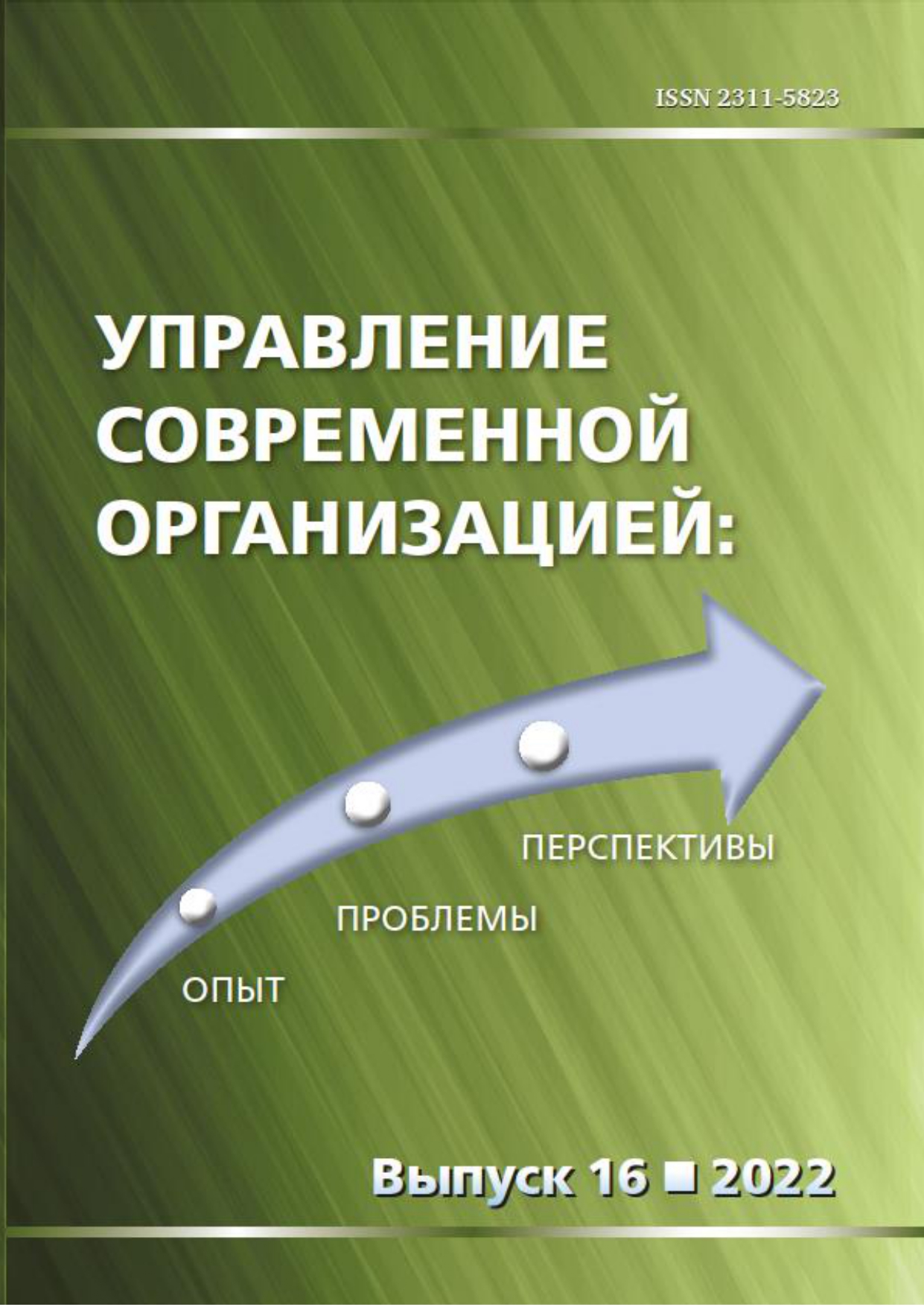DIFFERENCES IN CROSS-CULTURAL MANAGEMENT OF CHINESE AND RUSSIAN COMPANIES УДК: 339.92 JEL: F 01
Main Article Content
Abstract
Under the “One Belt, One Road” initiative, more and more Chinese enterprises have gone abroad to carry out activities such as mergers and acquisitions, investment and construction of factories overseas. When Chinese enterprises conduct multinational operations and management abroad, they will inevitably encounter management problems caused by differences in different countries' cultures. Therefore, it is necessary to effectively understand the cultural differences between China and Russia, and have a full understanding of how to carry out effective cross-cultural enterprise management, so as to make targeted adjustments and take solutions. Effectively solving the problems caused by cultural differences and innovating transnational management methods are conducive to the effective management of “going out” enterprises.
Article Details
How to Cite
References
Беляев В.И., Бочаров С.Н., Горянинская О.А., Малахов Р. Г. Маркетинг территорий: методология и методы обоснования стратегических решений развития регионов. Барнаул: Изд-во Алт. ун-та, 2015. 244 с. [Belyaev, V. I., Bocharov, S. N., Goryaninskaya, O. A., Malakhov, R.G. Territory marketing: methodology and methods for substantiating strategic decisions for the development of regions. Barnaul: Izd-vo Alt. un-ta, 2015. 244 p. (In Russ.)].
Беляев В.И. Трудовой оппортунизм: сущность и формы правления // Вестник Томского государственного университета. 2015, сентябрь. №398. С. 169–177 [Belyaev V.I. Labor opportunism: the essence and forms of government. Vestnik Tomskogo gosudarstvennogo universiteta = Bulletin of the Tomsk State University. 2015; September (398):169–177 (In Russ.)].
Бёгельсдейк Ш., Маселанд Р.Культура в экономической науке: история, методологические рассуждения и область практического применения в современности. М.; СПб.: Изд-во Института Гайдара; Международные отношения, 2016. 464 с. [Bøgelsdijk, S., Maseland, R. Culture in economics: history, methodological considerations and the field of practical application in modern times. Moscow; St. Petersburg: Izd-vo Instituta Gajdara; Mezhdunarodnye otnosheniya, 2016. 464 p. (In Russ.)].
Друкер П. Задачи менеджмента в XXI веке. М.: ИД «Вильямс», 2002. 272 с. [Drucker, P. Tasks of management in the XXI century. Moscow: ID «Vil'yams», 2002. 272 p. (In Russ.)].
Друкер П.Менеджмент: задачи, обязанности, практика. М.: ИД «Вильямс», 2008. 992 с. [Drucker, P.Management: tasks, responsibilities, practice. Moscow: ID «Vil'yams», 2002. 272 p. (In Russ.)].
Ли Линьфэн. Сравнение культурных различий между Китаем и Россией и их влияние на управление предприятиями, 2020 [Li, Linfeng. Comparison of cultural differences between China and Russia and their impact on enterprise management, 2020 (In Russ.)].
Льюис Р.Д. Деловые культуры в международном бизнесе. От столкновения к взаимопониманию. М.: Дело, 440 с. [Lewis R.D. Business cultures in international business. From collision to mutual understanding. Moscow: Delo, 440 p. (In Russ.)].
Сравнительный менеджмент / под ред. С.Э. Пивоварова. СПб.: Питер, 2006. 368 с. [Pivovarov, S. E. (Ed.). Comparative Management. St. Petersburg: Piter, 2006. 368 p. (In Russ.)].
Хао Дацзян, Ван Пей. Исследование проблем и мер противодействия кросс-культурного развития китайских предприятий на фоне «Один пояс, один путь» // Экономика бизнеса, 2019. №2. С. 48–49 [Hao, Dajiang, Wang, Pei. Study of the problems and countermeasures of cross-cultural development of Chinese enterprises against the backdrop of «One Belt, One Road». Ekonomika biznesa = Business Economics, 2019; (2):48–49 (In Russ.)].
Хофстеде Г. Организационная культура // Управление человеческими ресурсами: энциклопедия. СПб.: Питер, 2002. С. 313–338 [Hofstede, G.Organizational culture. In: Human resource management. Encyclopedia. St. Petersburg: Piter, 2002. Pp. 313–338. (In Russ.)].
Шейн Э. Организационная культура и лидерство. СПб.: Питер, 336 с. [Shane, E. Organizational culture and leadership. St. Petersburg: Peter, 336 p. (In Russ.)]
